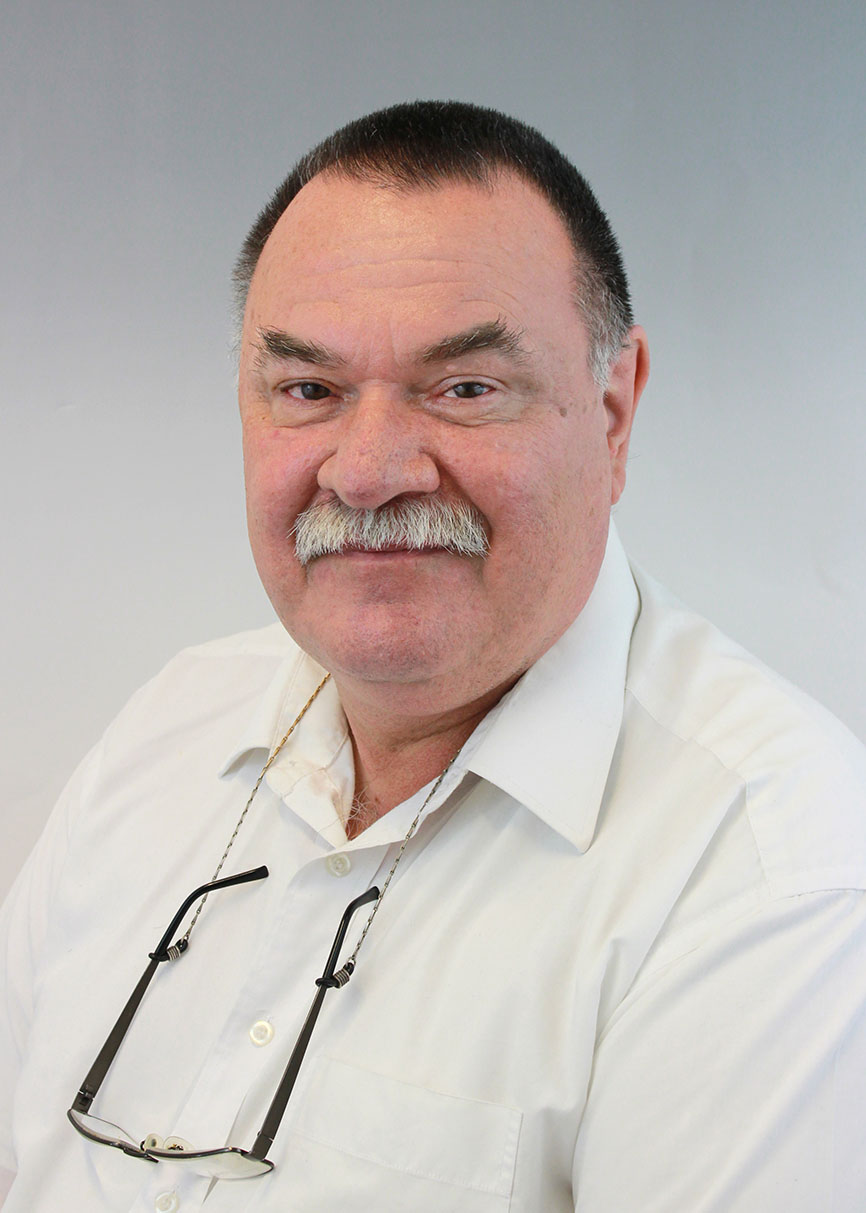| Languages | English | German | Swahili | French |
| Responsibility | content | Dipl.biol.univ. Stephan Rollfinke | translation | Dipl.biol.univ. Stephan Rollfinke |
Welcome to Mama Africa Community House
Project Sustainability for Africa
The most important part in our local presence are the Community Houses.
What is a Community House?
In a community house of Mama Africa, several, usually three, volunteers live together. It is usually a women-only house. There is always at least one guest room, which is reserved for homeless single mothers with their children. Generally, it should be a stand-alone house, to which a larger garden should also be assigned. In the garden, two tents will be set up, where street children can be taught. The garden should also contain a hut, or this is to be newly built after the lease, in which a small workshop will be set up.
The Community House will thus serve the following purposes:
1. living and working together of volunteers and Mama Africa
2. jobs on site with communal living and working
3. strengthening the independence of women and improving their living conditions
4. shelter for homeless single mothers
5. day school for street children with lessons and meals
6. workshop and training place in the field of
a. technical work,
b. Woodwork,
c. Work in upcycling and
d. Developing their own products
By means of community houses Mama Africa allows sustainable jobs on site, saves threatened women and children, and gives them sustainable development opportunities beyond the emergency shelter, through education and training. Products created in the workshop, should contribute to the partial financing of the house.
Financing of the Community Houses
The volunteers working in the community house pay a reasonable rent, which is offset against their salary. Mama Africa pays a food subsidy as well as necessary supplementary amounts to secure the payment of rent and to run the workshop. The income from the workshop then goes back into the funding pot for the respective community house.

